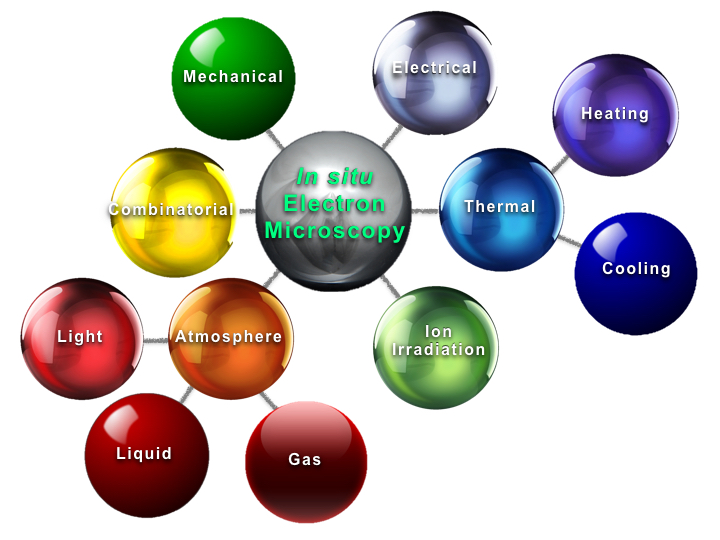A meticulous examination of transient stages of dynamic processes at the micrometer, nanometer or atomic scale is the aim in the field of in situ transmission electron microscopy. Studying a specimen in a state close to its native environment without drying possibly leading to structural alterations, triggers research in the
field of in situ liquid TEM. However, for any in situ experiment, it is pivotal to accurately consider if the observed dynamic processes are a result of electron–matter interaction or are resulting from the applied stimuli. Therefore, critical aspects for in situ liquid TEM experiments include electron beam stability of
the liquid medium, concentration and composition of the liquids in addition to damage free sample preparation on SiN membranes and alignment of the thin observation windows. Efforts towards identifying the critical aspects are discussed. Furthermore, an ergonomic sample preparation setup is pivotal for an easier precise handling of the fragile specimens. An example for such a setup involving micro-manipulators and grippers is shown here.


